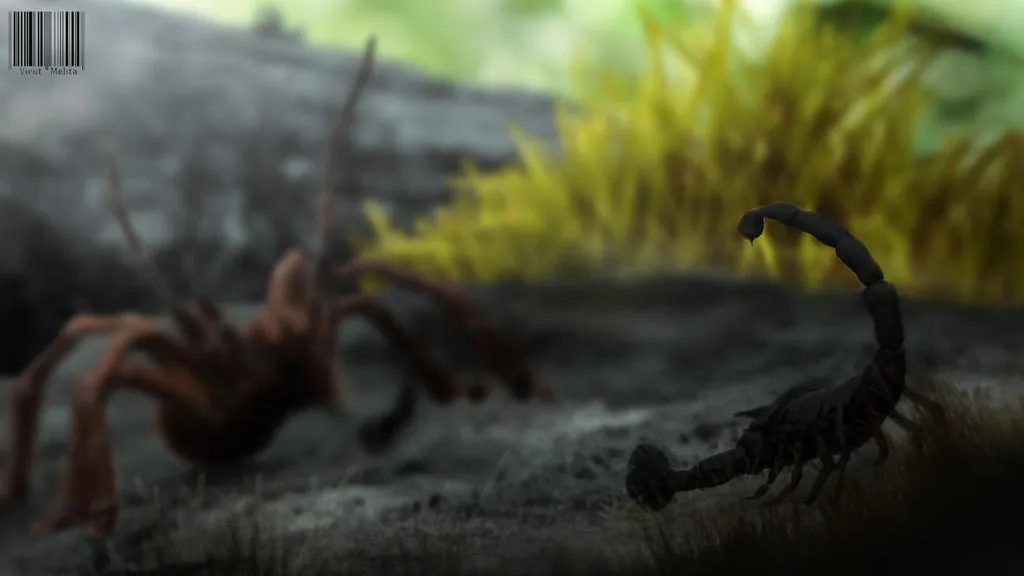Scorpion vs Tarantula vs Centipede What are They?
The animal kingdom is full of fascinating creatures, but few capture our imagination quite like scorpions, tarantulas, and centipedes. These arthropods, belonging to different classes and orders, often evoke a mix of fear and fascination. Understanding their differences and similarities is key to appreciating their unique adaptations and roles in the ecosystem. This article dives deep into the world of scorpions, tarantulas, and centipedes, highlighting their key characteristics and the fascinating ways they differ.
Scorpion Characteristics
Scorpions are easily recognized by their segmented bodies, eight legs, and prominent pincers (pedipalps) used for grasping prey. The most distinguishing feature is the curved, segmented tail that ends in a stinger. Scorpions come in various sizes, ranging from a few centimeters to over 20 centimeters long, depending on the species. They have a tough exoskeleton that protects them from predators and the environment, and they undergo molting to grow. Scorpions are nocturnal hunters, and their color can vary greatly depending on their habitat, offering camouflage from predators and prey. They are ancient creatures, with fossils dating back over 430 million years, making them one of the oldest arthropod groups on Earth.
Scorpion Habitat and Behavior

Scorpions can be found in diverse environments, from deserts and grasslands to rainforests. They are typically found under rocks, logs, or in burrows, providing shelter from the sun and predators. Their nocturnal nature means they are most active during the night, hunting for insects, spiders, and even small vertebrates. Scorpions are ambush predators, waiting for their prey to come within reach of their pincers. After catching the prey, they use their stinger to inject venom, which immobilizes or kills the victim. They exhibit complex mating rituals and parental care, with the female scorpion carrying her young on her back until they are old enough to fend for themselves. The adaptability of scorpions has allowed them to thrive in some of the harshest environments on Earth.
Tarantula Characteristics
Tarantulas are large, hairy spiders belonging to the Theraphosidae family. They are characterized by their size, often with leg spans of up to 30 centimeters. Their bodies are divided into two main parts the cephalothorax (fused head and thorax) and the abdomen. Tarantulas have eight eyes, which provide adequate vision for hunting, and eight legs covered in sensory hairs. These hairs help them detect vibrations and navigate their environment. Their coloration ranges widely, from browns and blacks to vibrant blues and reds. Tarantulas are known for their defensive mechanisms, including urticating hairs on their abdomen that can be flicked towards predators, causing irritation. They also possess fangs that inject venom to subdue prey.
Tarantula Habitat and Behavior
Tarantulas are primarily terrestrial spiders, found in tropical and subtropical regions around the world. They inhabit burrows in the ground, under rocks, or within dense vegetation. Many tarantula species are nocturnal, emerging at night to hunt for insects, small mammals, and birds. They are ambush predators, waiting for their prey to come within striking distance. Some species build elaborate webs, while others are more active hunters, pursuing their prey. Tarantulas have a relatively long lifespan, with some females living for over 20 years. During mating, males often engage in elaborate courtship rituals, and females may cannibalize the male after mating.
Centipede Characteristics

Centipedes are elongated arthropods with segmented bodies, each segment bearing a pair of legs. They are characterized by their numerous legs, ranging from 15 to over 100 pairs depending on the species. Unlike scorpions and tarantulas, centipedes have a flattened body shape, allowing them to navigate narrow spaces. They possess a pair of modified legs called forcipules, which are used to inject venom into prey. Their antennae are long and flexible, used for sensing their surroundings. Centipedes come in various sizes, from a few centimeters to over 30 centimeters in length, with coloration varying from browns and reds to yellows and greens. They are fast-moving predators, actively hunting their prey in a variety of habitats.
Centipede Habitat and Behavior
Centipedes are found in diverse environments, including forests, grasslands, and urban areas. They prefer moist, dark habitats, such as under rocks, logs, or leaf litter. Centipedes are nocturnal predators, actively hunting insects, spiders, and other small invertebrates. They use their forcipules to inject venom, immobilizing their prey before consuming it. They are solitary creatures, except during mating, where the male deposits sperm and the female lays eggs. Centipedes exhibit parental care in some species, with the mother guarding and protecting her eggs and young. Their fast-moving nature and venomous bite make them effective predators in their environments.
Difference 1 Size and Appearance
One of the most obvious differences between these creatures is their size and appearance. Tarantulas are generally the largest, with some species reaching impressive leg spans. They are also characterized by their hairy bodies and distinct spider-like shape. Scorpions are smaller overall, with a segmented body and the iconic tail and stinger. Centipedes are elongated with numerous legs, a flattened body, and a more worm-like appearance. These differences in size and shape reflect their different lifestyles and evolutionary adaptations.
Scorpion Size
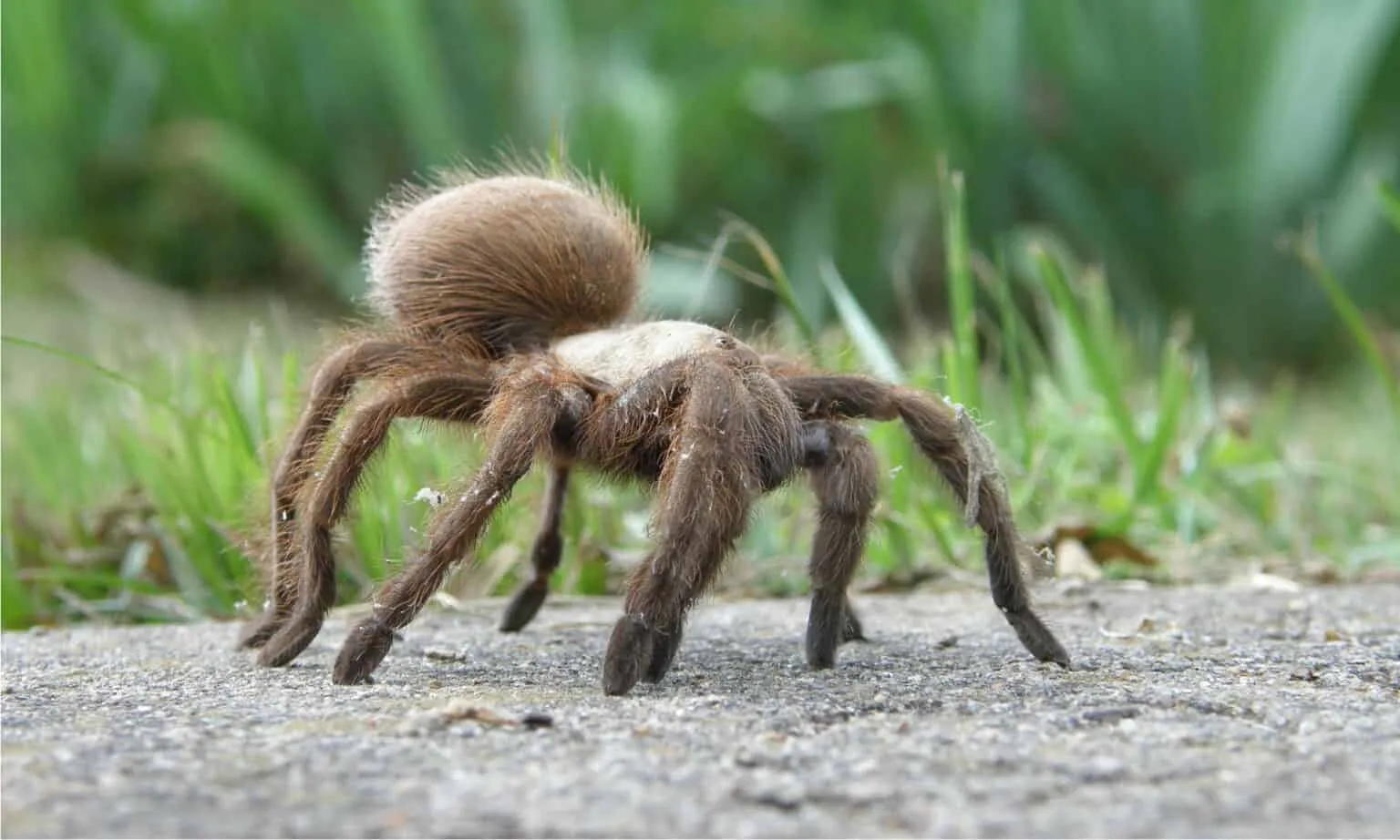
Scorpions vary in size depending on the species, but generally range from a few centimeters to over 20 centimeters. Their appearance includes a segmented body, eight legs, large pincers, and a tail ending in a stinger. The size can be a determining factor in how potent the venom might be.
Tarantula Size
Tarantulas are large spiders, with leg spans that can reach up to 30 centimeters or more. They are easily identified by their hairy bodies and spider-like shape. The size of the tarantula helps determine its hunting and predatory capabilities.
Centipede Size
Centipedes have a flattened body shape and many legs, with sizes varying significantly depending on the species. Some centipedes are relatively small, while others can reach lengths of over 30 centimeters. This elongated shape is well-suited for navigating tight spaces while hunting.
Difference 2 Venom and Bite
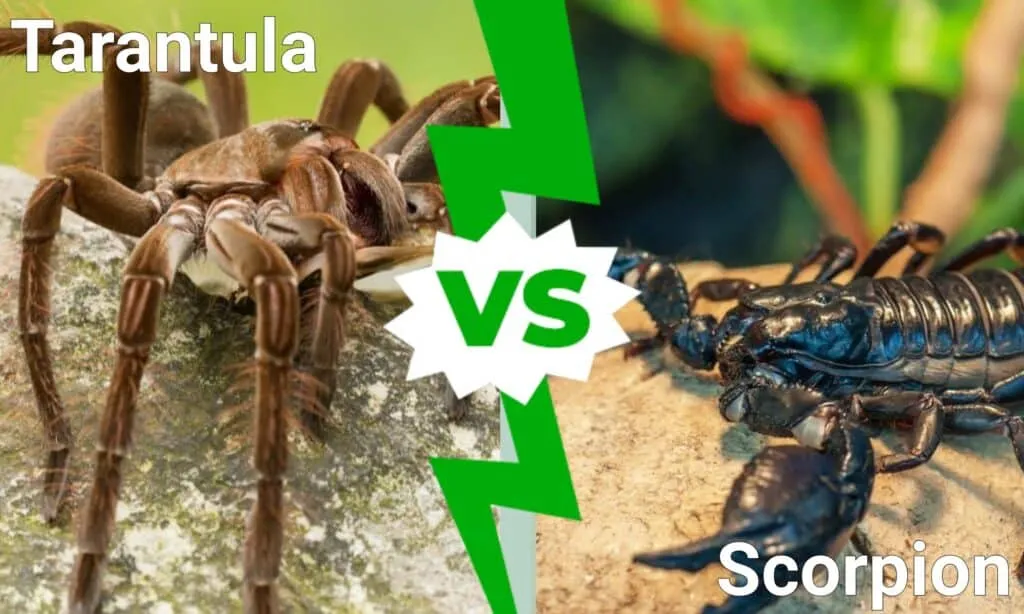
The presence and potency of venom is another key difference. Scorpions inject venom through their stinger, used both for defense and to subdue prey. Tarantulas use venom via their fangs, primarily to incapacitate their prey. Centipedes inject venom using their forcipules, which are modified legs that act as fangs. The effects of the venom vary depending on the species, with some being more dangerous to humans than others.
Scorpion Venom
Scorpion venom is delivered through a stinger located at the end of the tail. The potency of the venom varies by species, with some scorpions posing a greater threat to humans than others. Their venom is used to paralyze or kill prey and for defense.
Tarantula Venom
Tarantulas use venom through their fangs to subdue prey. Their venom is generally less potent than that of many scorpions, and their bites are not typically life-threatening to humans. However, the bite can still be painful and cause localized symptoms.
Centipede Venom
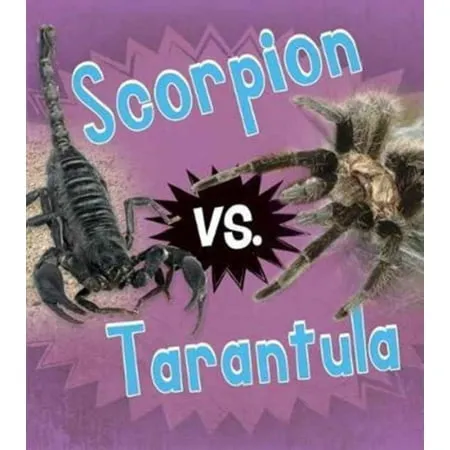
Centipedes inject venom using their forcipules, which are modified legs that act as fangs. The bite of a centipede can be painful and cause localized symptoms. The venom is used to paralyze or kill their prey and is a significant defense mechanism.
Difference 3 Hunting and Diet
The hunting strategies and diets of these creatures also differ significantly. Scorpions are ambush predators, often waiting for prey to come within reach. They feed on insects, spiders, and small vertebrates. Tarantulas are also ambush predators, though some species actively hunt. They primarily feed on insects, but larger species can also eat small mammals and birds. Centipedes are active hunters, pursuing their prey. They feed on insects, spiders, and other small invertebrates.
Scorpion Diet
Scorpions are carnivorous predators. Their diet mainly consists of insects, spiders, and other small invertebrates. The size of the prey depends on the scorpion species; some may also consume small vertebrates.
Tarantula Diet
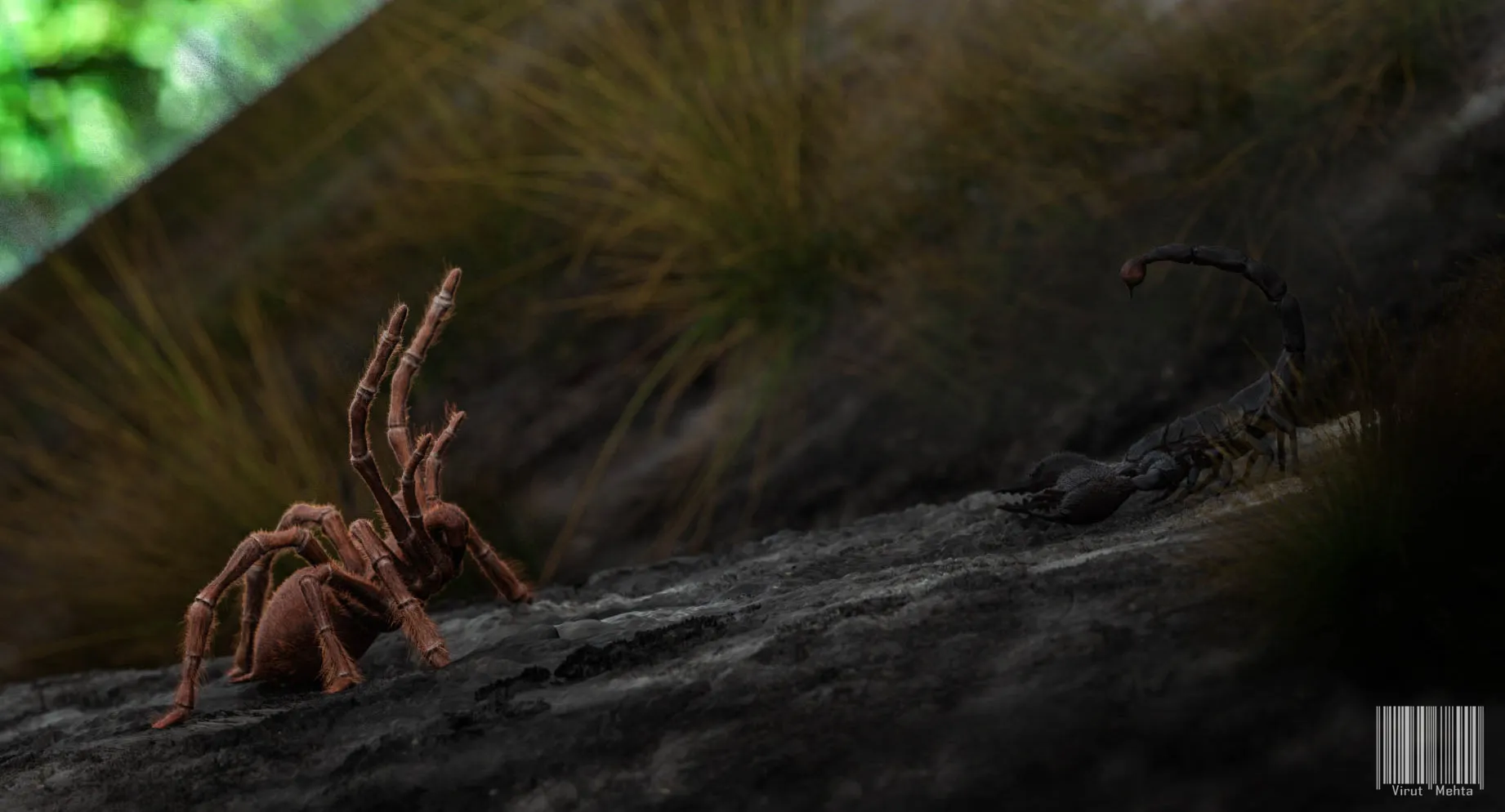
Tarantulas are also carnivorous. Their diet primarily consists of insects, but larger species can also eat small vertebrates, such as mice and birds. They are ambush predators that wait for the prey to come close enough.
Centipede Diet
Centipedes are active hunters, preying on insects, spiders, and other invertebrates. Their fast-moving nature and venomous bite allow them to capture and subdue their prey effectively.
Difference 4 Habitat and Location
Scorpions, tarantulas, and centipedes can be found in various habitats, but they exhibit preferences. Scorpions are often found in arid and semi-arid environments, hiding under rocks and logs. Tarantulas are typically found in tropical and subtropical regions, living in burrows or under vegetation. Centipedes prefer moist, dark environments, such as forests and under leaf litter. Understanding their habitat preferences is key to understanding their distribution and survival strategies.
Scorpion Habitat
Scorpions are most commonly found in arid and semi-arid environments. They also inhabit grasslands and forests. They tend to hide in sheltered locations, such as under rocks and logs, to avoid predators and harsh weather.
Tarantula Habitat
Tarantulas are primarily found in tropical and subtropical regions. They create burrows in the ground or hide among vegetation. The habitat provides shelter and a favorable environment for hunting and reproduction.
Centipede Habitat
Centipedes thrive in moist, dark environments. They can be found in forests, grasslands, and even urban areas. They often live under rocks, logs, or leaf litter.
Difference 5 Behavior and Temperament
The behavior and temperament of scorpions, tarantulas, and centipedes also vary. Scorpions are generally solitary creatures, except during mating. They can be aggressive, using their stinger for defense. Tarantulas are often less aggressive than scorpions, though they will defend themselves. They may also use urticating hairs as a defense mechanism. Centipedes are active hunters, known for their speed and agility. They are generally solitary and can be aggressive when threatened. Understanding their behavior helps in appreciating their unique adaptations and survival strategies.
Scorpion Behavior
Scorpions are generally solitary creatures, except during mating. They can be aggressive and will use their stinger for defense. They are most active during the night and are ambush predators.
Tarantula Behavior
Tarantulas are generally less aggressive than scorpions. They primarily use their fangs and urticating hairs for defense. They are also ambush predators, and their behavior is often related to their habitat and hunting strategies.
Centipede Behavior
Centipedes are active hunters and are known for their speed and agility. They are generally solitary creatures, and they can be aggressive if threatened. Their behavior is crucial for their hunting and survival in various environments.
In conclusion, scorpions, tarantulas, and centipedes are fascinating creatures with unique characteristics and adaptations. From their size and appearance to their venom and behavior, understanding the differences between these arthropods provides a deeper appreciation for the diversity of the natural world. Each creature plays a crucial role in its ecosystem, highlighting the intricate balance of life. Their habitats and behaviors are a testament to the adaptability and resilience of these creatures in different environments.
